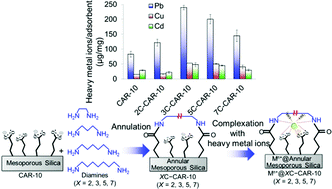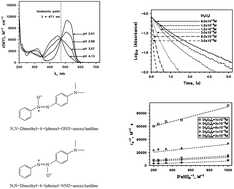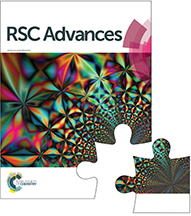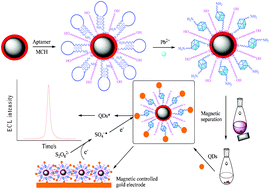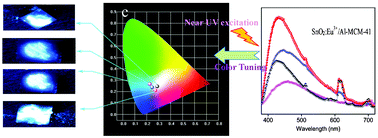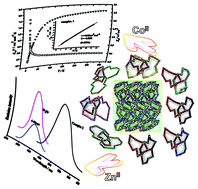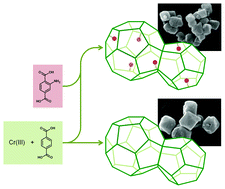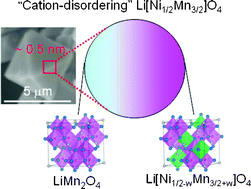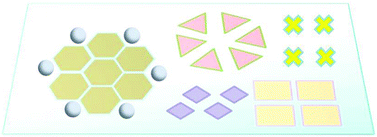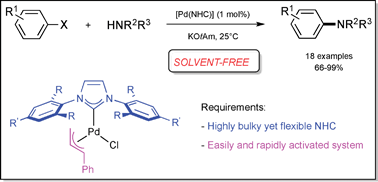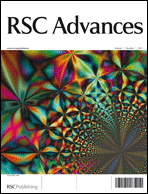The 10 most-accessed RSC Advances articles between April and June were as follows:
Combination of organic cation and cyclic sulfonylamide anion exhibiting plastic crystalline behavior in a wide temperature range
Makoto Moriya, Takaaki Watanabe, Wataru Sakamoto and Toshinobu Yogo
RSC Adv., 2012, 2, 8502-8507
DOI: 10.1039/C2RA20945D, Paper
Graphene-based photocatalytic composites
Xiaoqiang An and Jimmy C. Yu
RSC Adv., 2011, 1, 1426-1434
DOI: 10.1039/C1RA00382H, Review Article
Graphene–inorganic nanocomposites
Song Bai and Xiaoping Shen
RSC Adv., 2012, 2, 64-98
DOI: 10.1039/C1RA00260K, Review Article
Size-tunable Ag nanoparticles immobilized in electrospun nanofibers: synthesis, characterization, and application for catalytic reduction of 4-nitrophenol
Shili Xiao, Weilin Xu, Hui Ma and Xu Fang
RSC Adv., 2012, 2, 319-327
DOI: 10.1039/C1RA00127B, Paper
Bioinspired self-cleaning surfaces with superhydrophobicity, superoleophobicity, and superhydrophilicity
Shunsuke Nishimoto and Bharat Bhushan
RSC Adv., 2013, 3, 671-690
DOI: 10.1039/C2RA21260A, Review Article
Iron-containing nanomaterials: synthesis, properties, and environmental applications
Boris I. Kharisov, H. V. Rasika Dias, Oxana V. Kharissova, Victor Manuel Jiménez-Pérez, Betsabee Olvera Pérez and Blanca Muñoz Flores
RSC Adv., 2012, 2, 9325-9358
DOI: 10.1039/C2RA20812A, Review Article
Recent developments in solvent-free multicomponent reactions: a perfect synergy for eco-compatible organic synthesis
Maya Shankar Singh and Sushobhan Chowdhury
RSC Adv., 2012, 2, 4547-4592
DOI: 10.1039/C2RA01056A, Review Article
Progress in redox flow batteries, remaining challenges and their applications in energy storage
Puiki Leung, Xiaohong Li, Carlos Ponce de León, Leonard Berlouis, C. T. John Low and Frank C. Walsh
RSC Adv., 2012, 2, 10125-10156
DOI: 10.1039/C2RA21342G, Review Article
Graphene oxide and its reduction: modeling and experimental progress
Shun Mao, Haihui Pu and Junhong Chen
RSC Adv., 2012, 2, 2643-2662
DOI: 10.1039/C2RA00663D, Review Article
Synthesis of graphene-based nanomaterials and their application in energy-related and environmental-related areas
Guixia Zhao, Tao Wen, Changlun Chen and Xiangke Wang
RSC Adv., 2012, 2, 9286-9303
DOI: 10.1039/C2RA20990J, Review Article
Take a look at the articles, and then let us know your thoughts and comments below.
Fancy submitting your own work to RSC Advances? You can submit online today, or email us with your ideas and suggestions.












